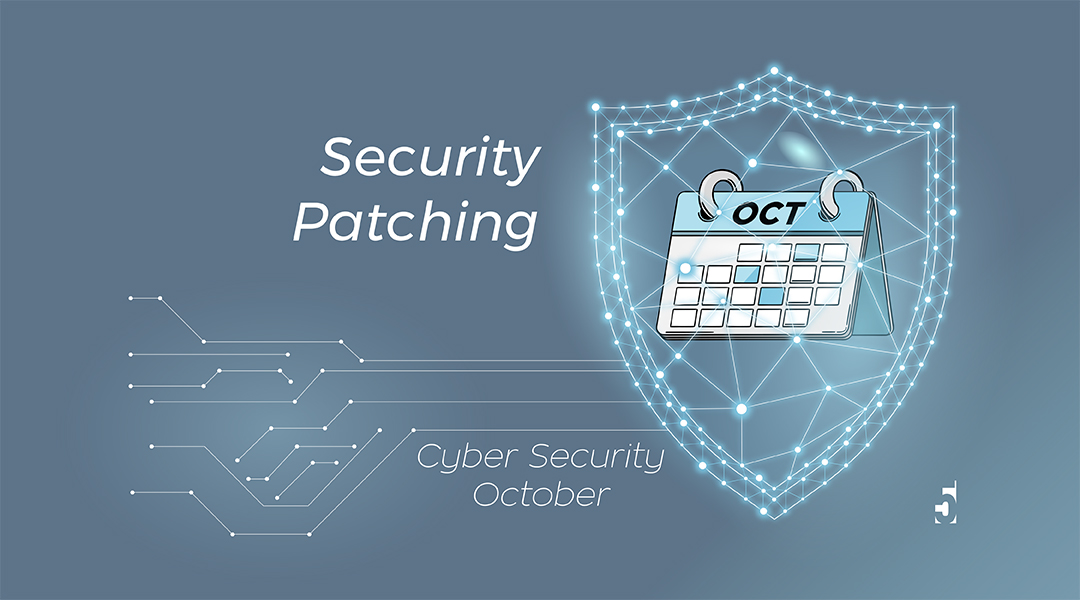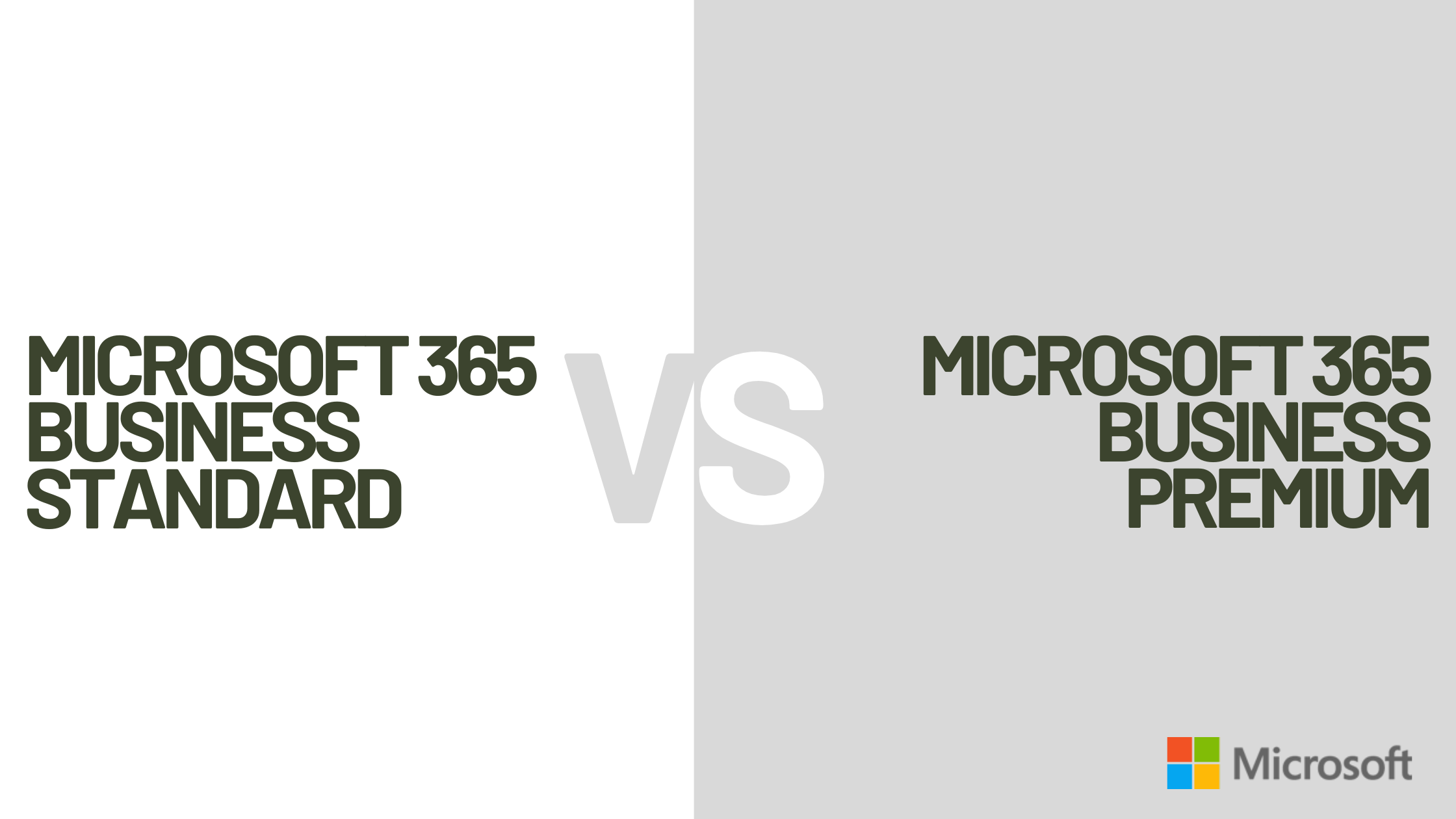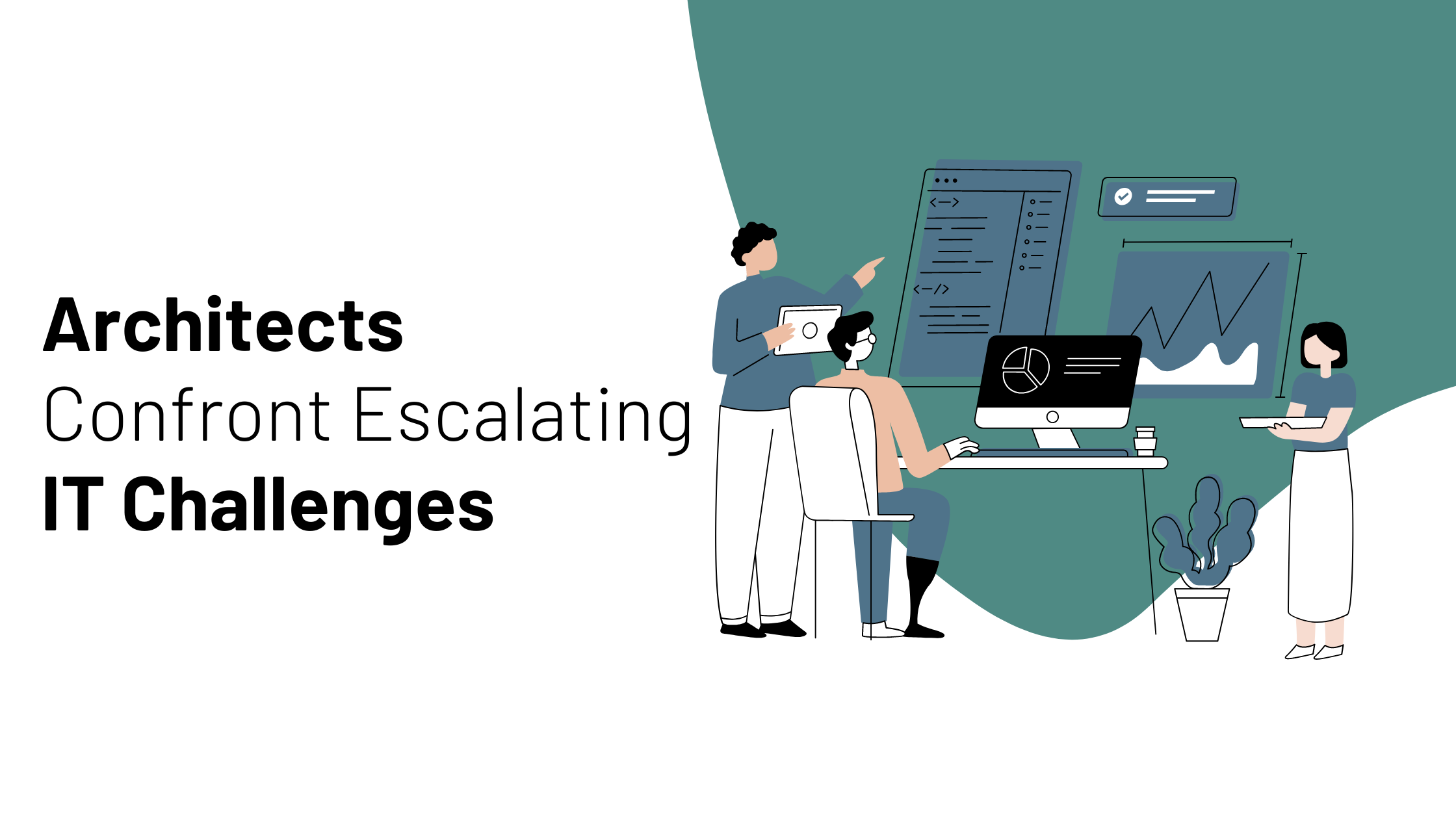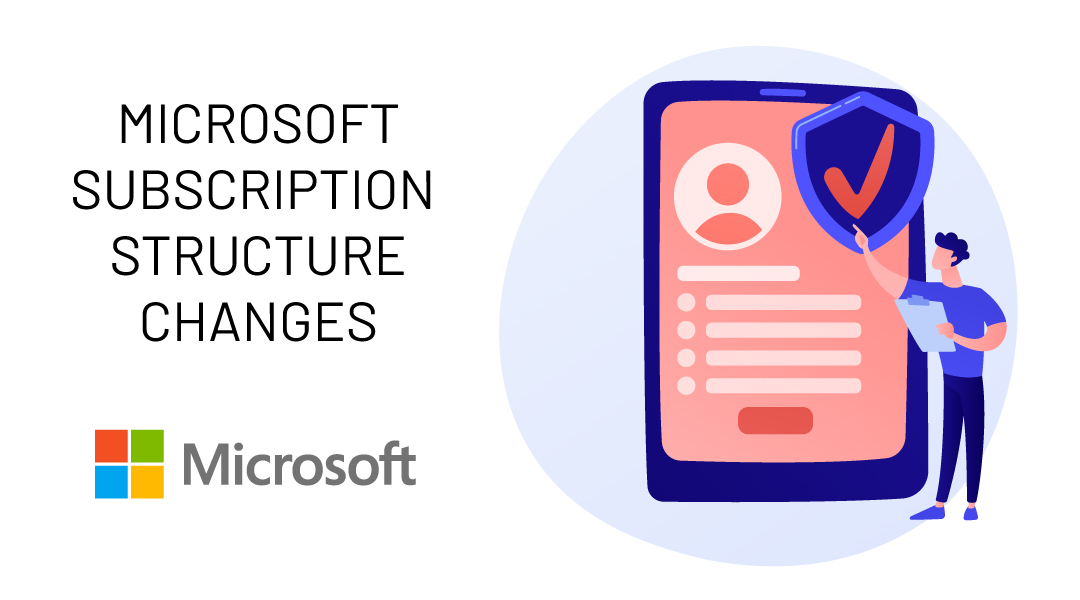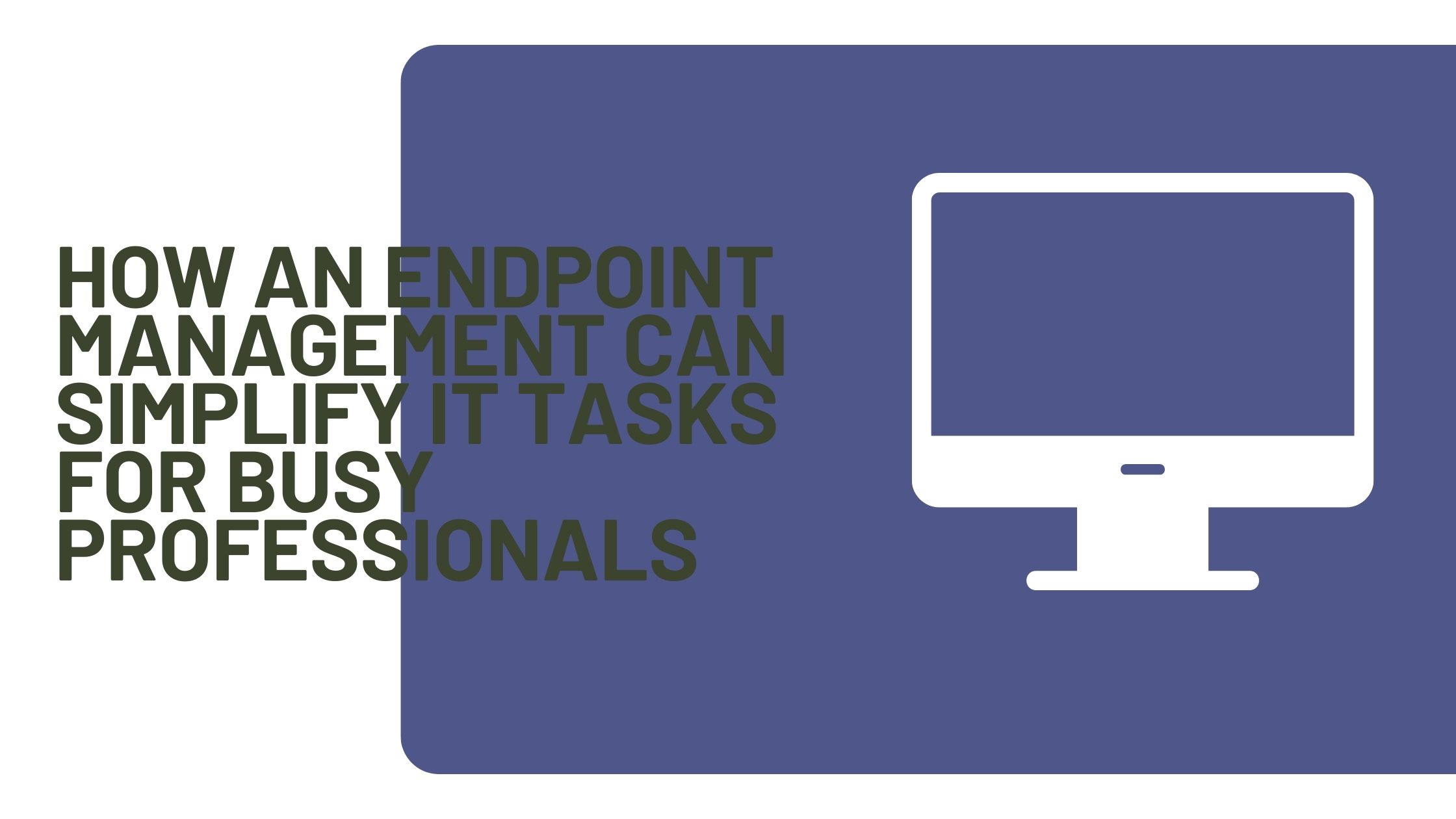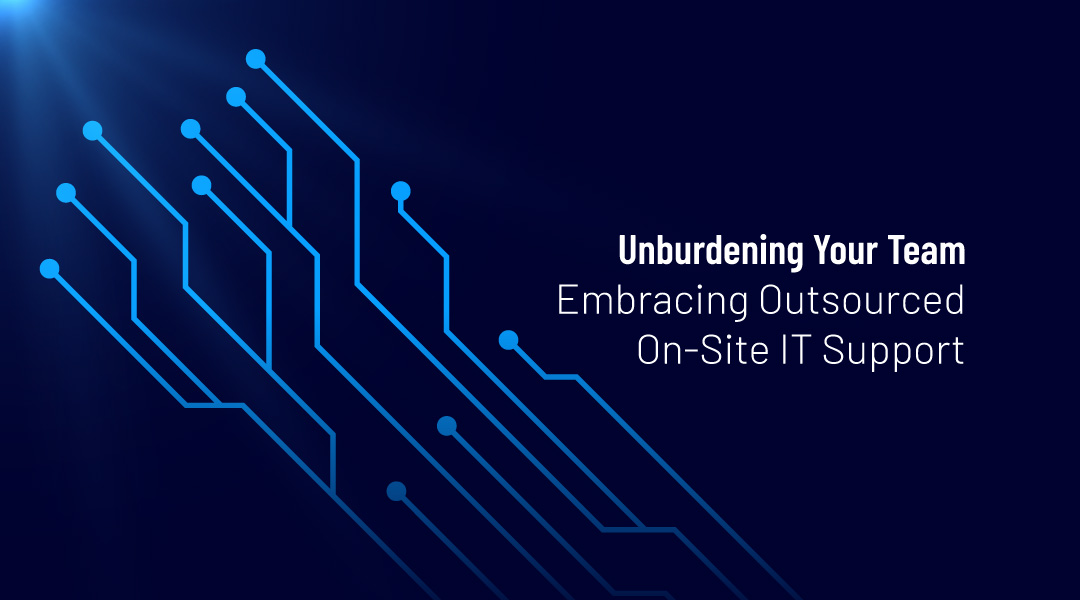Security patching as a service today, is still one of the most important parts of network security, especially in big network environments when you must manage dozens, or even hundreds of different kinds of devices like desktops, servers, firewalls, etc.
Common threats
As some of the most common cyber-attacks are happening due to vulnerabilities in operating systems (OS) or applications, the trend of not applying security (or even regular) updates are still high. For example, there are still many end users who have PCs or a laptop operating on Windows XP, who lost support by Microsoft on April 8, 2014, or with a Windows 7 who lost support on January 14, 2020. Those operating systems are obsolete and anyone who is using them should upgrade to the latest versions. This shouldn’t be applied only on end devices, but also on servers and other crucial parts of the network, to keep it safe from the cyber threats like ransomware or zero-day attacks, that are on the rise. While many software vendors provide security patches on a regular base, for some situations they can provide security patches that are critical, for situations like zero-day attacks.
Points of security
Of course, applying all patches does not guarantee 100% security, because types of cyber-attacks are changing, and criminals keep using different methods. They do however provide some ground point for security of your environment. Not all security patches are critically important, some of them can resolve just small security bugs, but nevertheless, they are still important. You can read more about the most recent cyber threats on the links below:
1) What is Zerologon?
2) Zerologon attacks allow hackers to take over enterprise networks
3) Google releases Chrome security update to patch actively exploited zero-day vulnerabilities.
But keeping all servers and end devices can be time-consuming, even for a small company. That is why it is recommended (and a preferable way) to use automated patching of your network environment and its services.
What is automated patching and what are its benefits?
Automated patching is an automatic process of getting end devices like desktops, or core devices like mail servers, domain controllers or file servers, updated with the latest available patches provided by vendors. These patches fix the latest security issues and threats, and by managing them with some software for security patching, you are raising your work environment security on a higher level. The biggest advantage of this software is, as it is mentioned before, a time saving for applying all security patches, plus software for these purposes often provides great reports about weak spots of your servers and other devices, so you could know what to pay attention to.
While security patches are not as often as regular patches, some vendors do push them at a specific time. Microsoft for example releases security patches on the second Tuesday of every month, and that is known as Patch Tuesday. Other vendors apply similar practices, but in rare cases of high-security issues, patches are released as soon as possible.
How can ITAF help you?
If you need help with keeping your environment safe with the latest security patching, contact ITAF. Our experienced security experts can help you with implementing security patching software on your domain and will provide you with all the necessary information you need to know about security patching.

